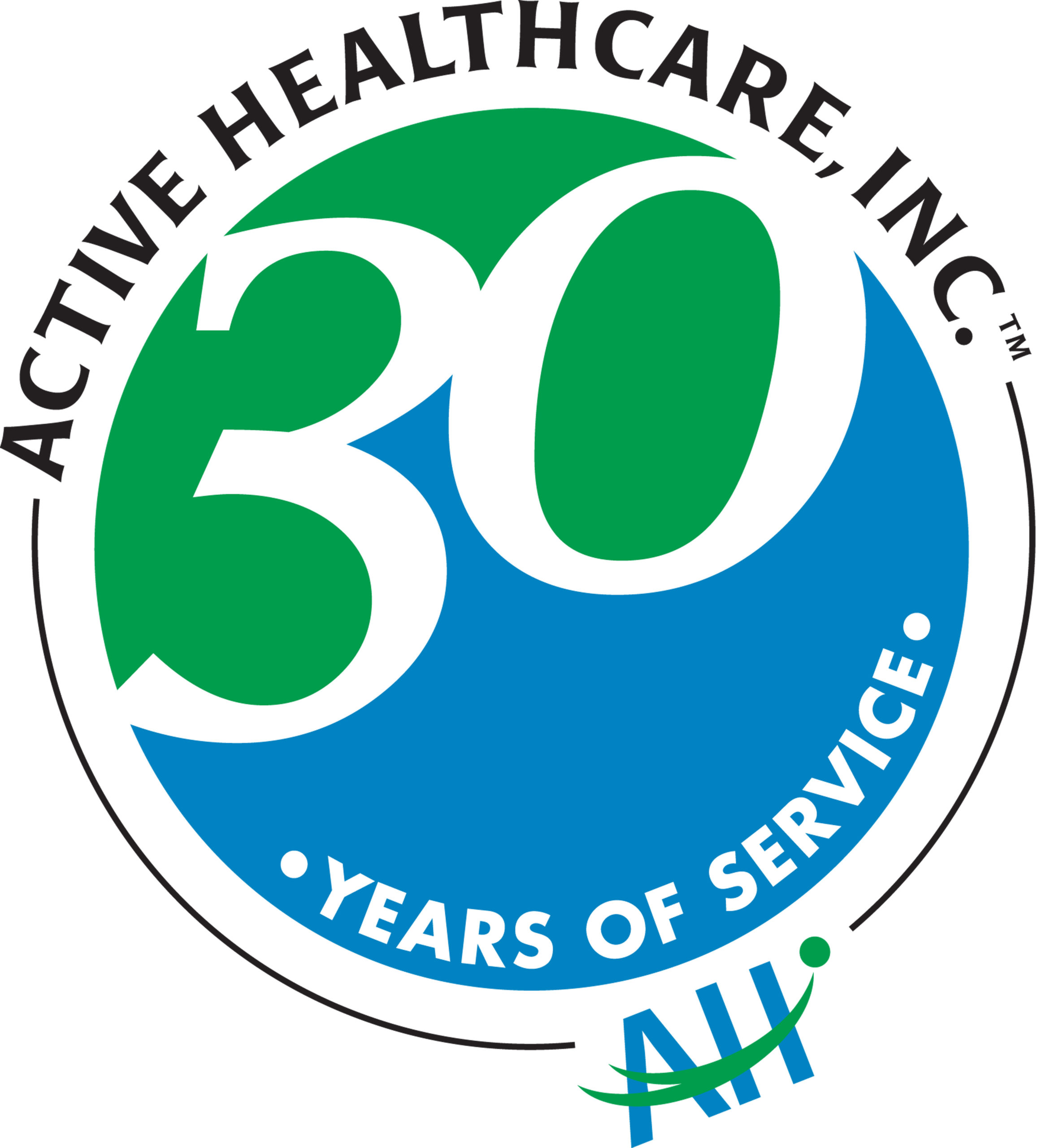The Centers for Disease Control (CDC) recently released data on the state of childhood asthma in their CDC Vital Signs: Asthma in Children – United States report. The news is good – there has been a drop in asthma rates. The number of children that experienced an asthma attack in the past year has declined with the overall rate dropping 8 % since 2001. Asthma is a prevalent chronic lung disease effecting 6 million children in the United States.
While this is good news in terms of quantity of attacks, the data did reveal that despite fewer attacks one in 6 with asthma still end up in the emergency room and one in 20 are hospitalized for their condition each year.
Other Findings in the Report on Asthma Rates:
- The rate of hospitalizations for children with asthma fell from 10 percent in 2003 to about 5 percent in 2013.
- Children with asthma are missing less school – on average 2.6 days per child in 2013.
- More kids with asthma are learning the signs and symptoms of an asthma attack and how using an asthma action plan can improve their control.
Green, Yellow or Red: What is Asthma Control?
 Well controlled asthma means that your child is in the GREEN zone of the asthma action plan. Good control implies that your child’s symptoms such as coughing, wheezing or shortness of breath occur only two or fewer days per week.
Well controlled asthma means that your child is in the GREEN zone of the asthma action plan. Good control implies that your child’s symptoms such as coughing, wheezing or shortness of breath occur only two or fewer days per week.
Other indications of well controlled asthma include restful sleep where symptoms don’t wake your child at night. Asthma should also not affect any of your child’s daily activities. Lastly, your child shouldn’t need to use their quick-relief inhaler very often, no more than two days per week.
Knowing your child’s best rate of air flow, as measured by a peak flow meter, is another tool to monitor their asthma control. Air flow measurements that drop below 80 % of their personal best levels may indicate it is time for medication.
Is your Asthma Action Plan Up to Date?
Every child with asthma needs their own customized asthma action plan. Your healthcare provider or asthma educator can help you create one – or help you update an existing plan.
Key Asthma Action Plan Details
- What medicines to take and under what circumstances
- List of asthma triggers
- What early symptoms to watch out for
- Instructions on how to manage a serious attack and when to seek emergency care
- ‘Personal Best’ air flow as measured by a peak flow meter for comparison
Additional Resources
CDC Vital Signs: Asthma in Children – United States
Community Care of North Carolina: How to Create an Asthma Action Plan

























